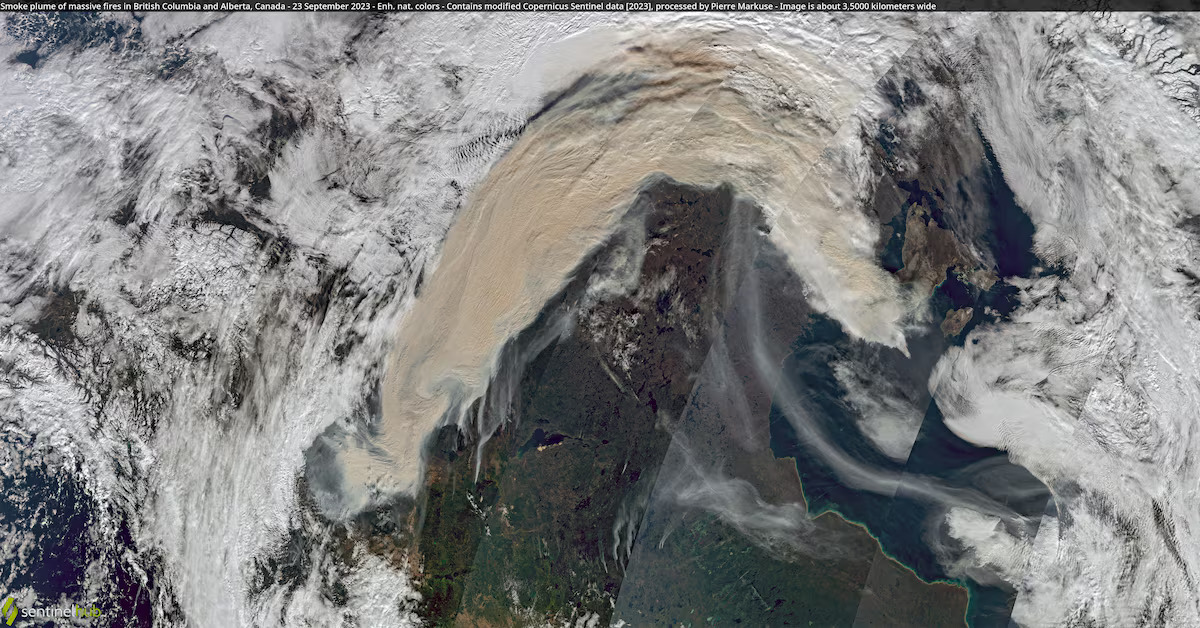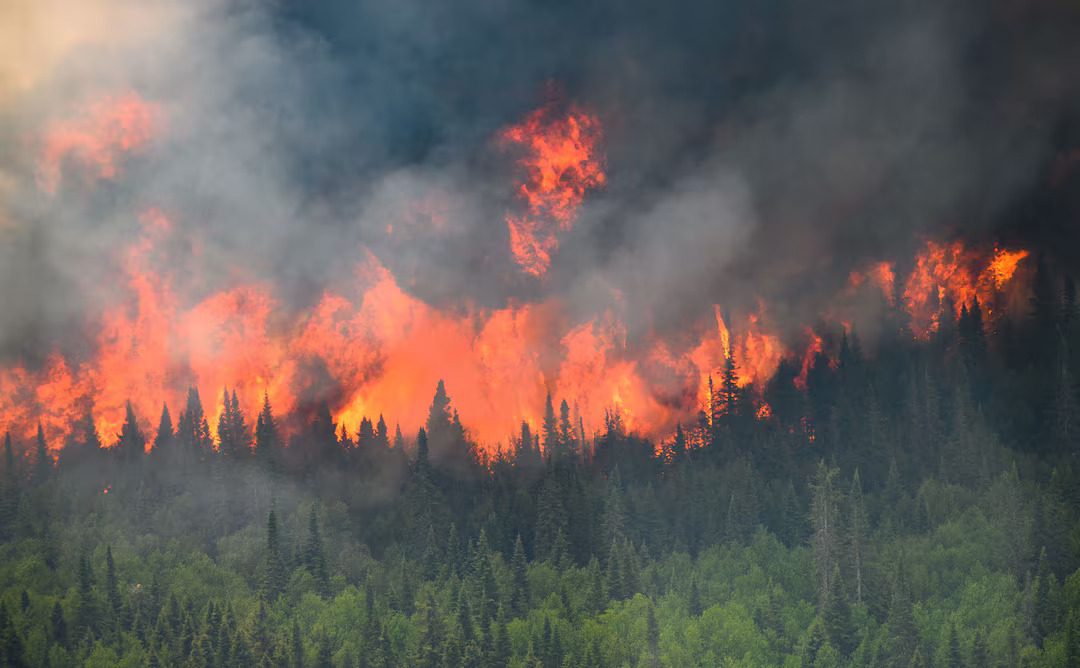Wildfires that swept Canada's woodlands last year released more greenhouse gases than some of the largest emitting countries, a study found on Wednesday, calling into question national emissions budgets that rely on forests to be carbon stores.
At 647 megatonnes, the carbon released in last year's wildfires exceeded those of seven of the ten largest national emitters in 2022, including Germany, Japan and Russia the study published in the journal Nature found.
Only China, India and the United States emitted more carbon emissions during that period, meaning that if Canada's wildfires were ranked alongside countries, they would have been the world's fourth largest emitter.
Typical emissions from Canadian forest fires over the last decade have ranged from 29 to 121 megatonnes. But climate change, driven by the burning of fossil fuels, is leading to drier and hotter conditions, driving extreme wildfires. The 2023 fires burned 15 million hectares (37 million acres) across Canada, or about four percent of its forests.
The findings add to concerns about dependence on the world's forests to act as a long-term carbon sink for industrial emissions when instead they could be aggravating the problem as they catch fire.
 |
| Satellite image shows plumes of smoke from wildfires in British Columbia and Alberta, Canada, September 23, 2023. Photo: Reuters |
The worry is that the global carbon budget, or the estimated amount of greenhouse gases the world can continue to emit while holding warming to 1.5 degrees Celsius (2.7 degrees Fahrenheit) above preindustrial levels, is based on inaccurate calculations.
"If our goal is really to limit the amount of carbon dioxide in the atmosphere, we need to make adaptations into how much carbon we are allowed to emit through our economy, corresponding to how much carbon is being absorbed or not absorbed by forests," said study author Brendan Byrne, an atmospheric scientist at NASA's Jet Propulsion Laboratory.
The abnormally hot temperatures Canada experienced in 2023 are projected to be common by the 2050s, the study said. This is likely to lead to severe fires across the 347 million hectares (857 million acres) of woodlands that Canada depends on to store carbon.
Worsening wildfires and the carbon they release are not accounted for in Canada's annual greenhouse gas emissions inventory.
Carbon is counted when emitted from human sources, such as industrial activities, not natural disturbances in forests such as insect outbreaks or wildfires, according to the country's 2021 Nationally Determined Contribution Strategy.
"The atmosphere sees this carbon increasing, no matter how we set up our accounting system," Byrne said.





















































